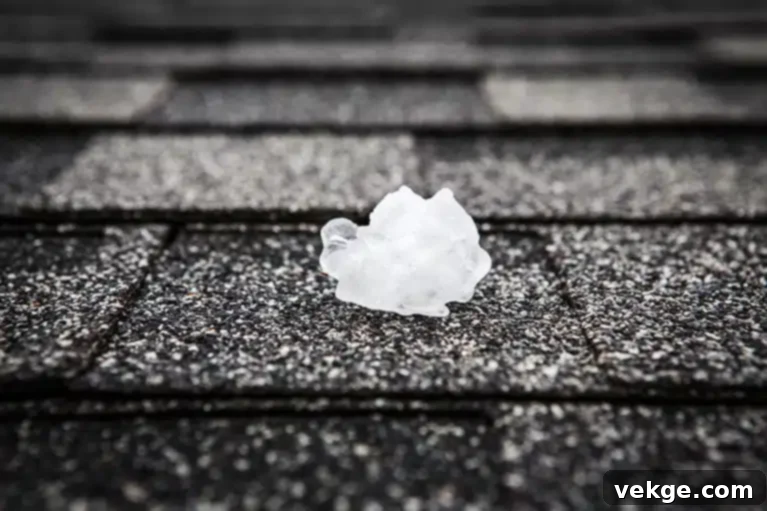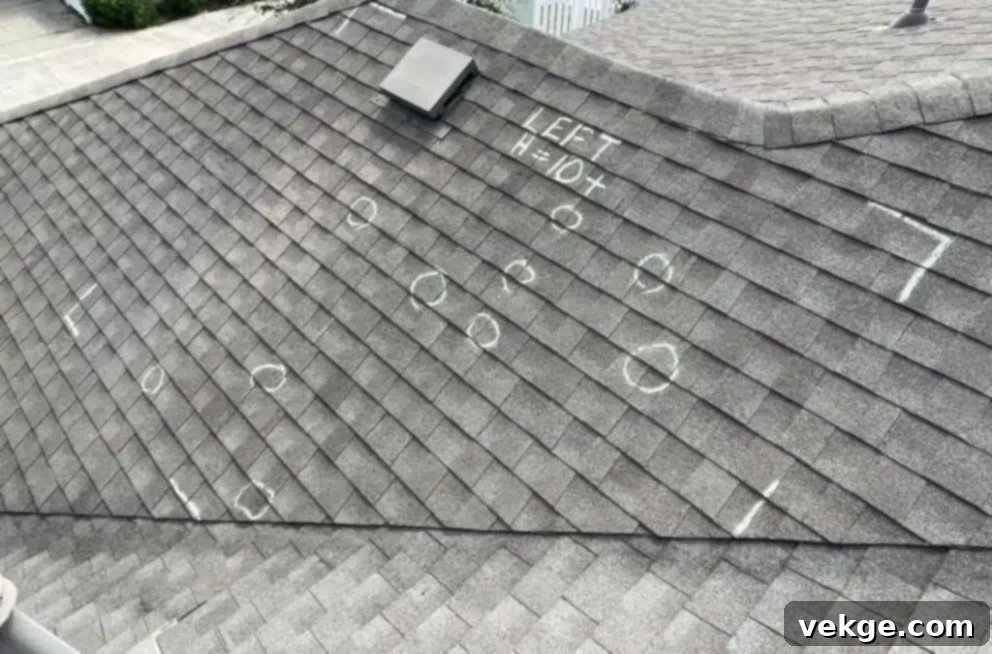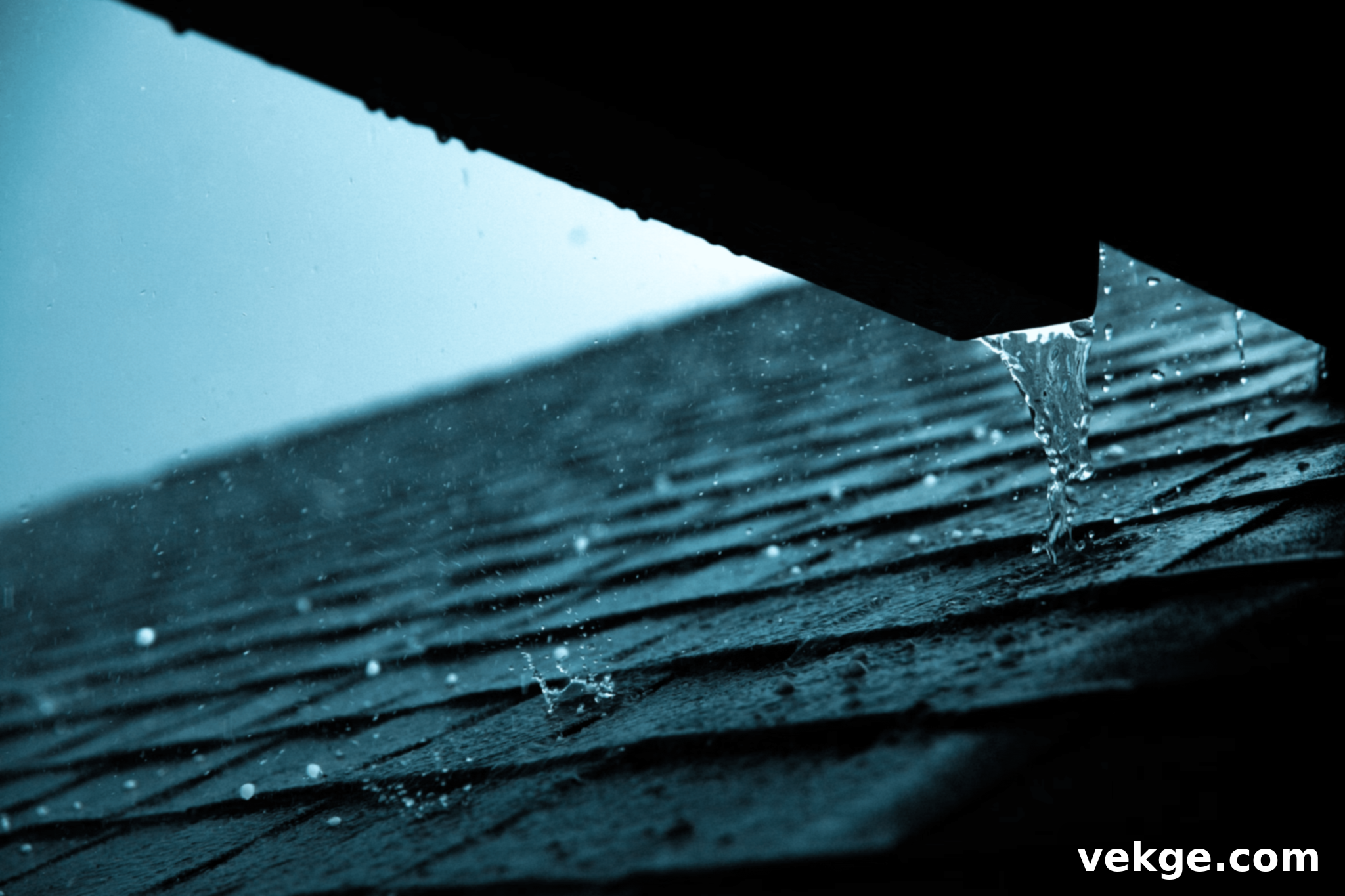Comprehensive Guide: What to Do After a Hailstorm for Effective Damage Repair and Recovery
Hailstorms can strike with surprising speed and ferocity, leaving behind significant property damage ranging from minor dents to severe structural compromises. For homeowners and property managers alike, understanding the critical steps to take immediately following such an event is paramount. Prompt, organized action is key to mitigating further damage, navigating the often-complex insurance process, and ensuring a timely and thorough recovery of your property.
This comprehensive guide outlines the essential actions you need to undertake, from ensuring personal safety and documenting damage to initiating repairs and planning for future prevention. By following these steps, you can streamline the recovery process and restore your home or property to its pre-storm condition with minimal stress.
Immediate Steps for Repairing Hailstorm Damage

After a hailstorm has passed and it is safe to assess the surroundings, your immediate focus should shift towards minimizing any potential for further damage and initiating the repair process as quickly and efficiently as possible. Swift, organized action can profoundly influence the recovery timeline and significantly reduce the overall financial and emotional impact of the storm.
From securing your property to documenting every detail, each step plays a crucial role in ensuring a smooth and successful restoration. Let’s delve into the specific actions you should prioritize.
Ensure Safety First
When the hailstorm has completely subsided, and the immediate danger has passed, your very first priority must be to inspect the property for immediate hazards. Look out for unstable structures, exposed electrical wiring, downed power lines, gas leaks, or broken glass. These pose significant risks to anyone on the property. Always prioritize personal safety and the safety of your family or occupants.
Avoid entering or approaching severely damaged areas until a qualified professional, such as a structural engineer or a certified inspector, can assess the structural integrity, especially if the roof, walls, or supporting elements appear compromised. What you can and should do is establish a safe perimeter around the affected zones, using caution tape or physical barriers if available, to prevent accidental entry and allow for a secure and professional assessment of the damage.
Furthermore, it’s critical to secure the property from potential unauthorized entry, theft, or further weather-related damage. This may involve boarding up broken windows or doors with plywood and securely covering exposed areas of the roof or siding with heavy-duty tarps. These immediate protective measures are not only crucial for deterring potential theft or vandalism but also act as a vital shield, protecting the interior of your property from subsequent rain, wind, or debris. This buys valuable time for more permanent repairs to be planned and executed without compounding existing issues.
Thoroughly Document All Damage
Documenting the damage thoroughly is an absolutely critical step following a hailstorm, forming the backbone of your insurance claim and repair planning. Detailed records, including clear photographs and videos, of every impacted area and item will be invaluable. This comprehensive documentation provides undeniable evidence for insurance adjusters and helps ensure you receive fair compensation for all losses.
If possible, try to capture images of the hailstones themselves, as their size (e.g., golf ball, baseball) can be a strong indicator of the storm’s severity and the potential for extensive damage. When documenting, aim for a systematic approach:
- Take wide shots to show the overall impact and location of damage.
- Follow with close-up shots to highlight specific details of the damage, such as cracked shingles, dented siding, or broken window panes.
- Capture multiple angles of each damaged area.
- Date and time-stamp your photos and videos if your device allows.
- Create a written log detailing each item damaged, its location, and a brief description of the damage.
This documentation process should be comprehensive, covering all potentially affected areas and items. This includes, but is not limited to: roof shingles, gutters, skylights, vents, exterior siding, windows, doors, fences, decks, outdoor furniture, vehicles, and even landscaping. No detail is too minor; even small dents can indicate widespread impact. These meticulous records provide a clear, indisputable basis for insurance adjusters to accurately evaluate the extent of the damage and determine the appropriate compensation for your repair or replacement costs. Organize your documentation carefully for easy access.
Implement Temporary Fixes to Prevent Further Harm

Once safety is ensured and damage is documented, implementing temporary fixes is an essential proactive measure to prevent any further damage before permanent repairs can commence. Swift action in this phase can save you from more extensive and costly issues down the line. These fixes are not meant to be long-term solutions, but rather critical interim steps to stabilize your property.
Common temporary fixes include:
- Tarping the Roof: If your roof has missing shingles, punctures, or visible leaks, cover the compromised areas with a sturdy, weather-resistant tarp. Secure the tarp properly with ropes or wooden slats to prevent it from blowing away in subsequent winds. This is crucial for preventing water penetration that could lead to costly interior damage, mold growth, and structural rot.
- Boarding Up Broken Windows or Doors: Use plywood and nails or screws to securely cover any shattered or severely cracked windows and doors. This not only protects the interior from the elements but also provides security against theft and keeps out pests or animals.
- Securing Loose Materials: Any loose siding, flashing, or other exterior components should be temporarily secured to prevent them from causing further damage during windy conditions or becoming hazardous projectiles.
While these solutions are temporary, they are vital for shielding your property from the elements and maintaining its immediate structural integrity until professional and permanent repairs can be undertaken. The primary aim is to create a watertight and secure environment, significantly reducing the risk of compounded issues such as water damage, mold infiltration, or pest entry, all of which can drastically increase the total repair cost and time.
Engage a Qualified Roofing Contractor
Contacting a local, reputable roofing company is a crucial step for accurately assessing and professionally repairing hailstorm damage. Hail damage, especially to roofs, can often be subtle and difficult for an untrained eye to spot, yet it can lead to significant long-term problems if left unaddressed. An experienced and certified roofing contractor will provide a thorough, detailed inspection, identify all areas of concern—visible and hidden—and recommend the necessary repairs or full roof replacements.
When selecting a contractor, ensure they have a proven track record specifically with hail damage repair. Verify that they are fully licensed and insured in your state or region. Ask for references and check their reviews. A reputable contractor will provide a detailed, written estimate outlining the scope of work, materials to be used, and a clear timeline. Their expertise is invaluable; not only will they ensure a thorough and high-quality repair process, but they can also serve as a crucial advocate for your needs when communicating with insurance companies, helping to ensure that all damage is recognized and adequately covered.
It’s often wise to get multiple quotes to compare services and pricing, but remember that the lowest price isn’t always the best value. Prioritize quality workmanship, good communication, and a strong reputation for reliability and expertise in storm damage.
Navigate the Insurance Claim Process

Filing an insurance claim promptly after documenting all the damage is a crucial step in the recovery process. Contact your insurance provider as soon as possible, ideally within a few days of the hailstorm. Be prepared to submit the comprehensive evidence of the damage you’ve meticulously documented (photos, videos, detailed lists). This documentation will accelerate the claim process significantly.
An insurance adjuster will likely be assigned to your case and will visit your property to inspect the damage firsthand and assess the cost of repairs. It’s highly recommended that you are present during this inspection. Walk through with the adjuster, pointing out all the damage you’ve identified and providing your documentation. Don’t hesitate to ask questions and ensure they are aware of every damaged item.
Understanding your insurance policy’s coverage, deductibles, and claim procedures is absolutely essential in this process. Familiarize yourself with terms like “Actual Cash Value (ACV)” versus “Replacement Cost Value (RCV)” as these can significantly impact your payout. Effective communication with your insurer and detailed, organized documentation are the keys to ensuring a smooth, fair, and timely settlement of your claim. Remember, your ultimate goal is to restore your home to its pre-damage state, and your insurance policy is there to help facilitate that.
If you live in the Los Angeles area, or if your claim is complex, contentious, or you feel the insurer’s offer is insufficient, a public adjuster Los Angeles CA can provide invaluable assistance. Public adjusters work independently of insurance companies and represent *your* best interests, helping to guide you through the intricacies of the claims process and ensuring the best possible outcome for your claim.
Plan for Future Hailstorm Prevention and Mitigation
After addressing immediate repairs, it’s prudent to shift your focus towards planning for future prevention. This involves assessing your property’s vulnerability to hail and implementing strategic measures to reduce the risk and extent of damage from subsequent storms. Investing in preventative strategies is a long-term benefit that can significantly decrease the likelihood and severity of future hail damage, saving you considerable time, money, and stress.
Consider the following proactive steps:
- Upgrade Roofing Materials: When it’s time for a roof replacement, consider investing in hail-resistant roofing materials. Class 4 impact-resistant shingles, for example, are specifically designed to withstand severe impacts and can often qualify for insurance discounts.
- Trim Trees and Landscaping: Regularly trim tree branches that overhang your roof or are close to your home. Dead or weak limbs can easily break off during a storm and cause significant damage to your roof, windows, or vehicles.
- Inspect and Maintain Gutters and Downspouts: Ensure your gutters are clean and clear, allowing for proper water drainage. Damaged or clogged gutters can exacerbate water-related issues after a storm.
- Secure Outdoor Items: During storm warnings, bring in or securely fasten outdoor furniture, garbage cans, grills, and other items that could become projectiles in high winds or be damaged by hail.
- Install Hail Guards or Shutters: For particularly vulnerable windows, consider installing hail guards or impact-resistant shutters that can be deployed when a storm is approaching.
- Regular Property Inspections: Conduct annual inspections of your roof, siding, and overall property to identify any existing weaknesses or areas that might be susceptible to storm damage. Overlooked maintenance tasks could weaken their resistance to future storms.
- Review Your Insurance Policy Annually: Ensure your homeowner’s insurance policy provides adequate coverage for hail damage and that your coverage limits are sufficient to rebuild or repair your property at current construction costs.
By taking these proactive and preventative measures, you can significantly safeguard your property against future hailstorms, reducing the potential for extensive damage and the need for costly, time-consuming repairs.
Navigating Post-Storm Recovery: Key Takeaways
Effectively managing hailstorm damage involves a series of strategic and timely steps, each building upon the last to ensure a comprehensive and efficient recovery. By following a methodical approach, homeowners can minimize further loss, streamline the repair process, and return their property to normalcy.
Here’s a summary of the key points to remember for successful post-hailstorm recovery:
- Ensure Immediate Safety: Prioritize personal safety by checking for hazards and securing the damaged area to prevent injuries or further damage to the property.
- Thoroughly Document Damage: Create a comprehensive, detailed record of all damage with photographs, videos, and written logs, which is vital for insurance claims and repair planning.
- Implement Temporary Fixes: Apply short-term solutions like tarping roofs and boarding windows to protect the property from additional weather exposure or security breaches.
- Engage Professional Contractors: Contact qualified roofing and other relevant contractors promptly to accurately assess and professionally repair the damage.
- File Insurance Claim Promptly: Submit a detailed claim to your insurance provider as soon as possible, providing all documented evidence to ensure a fair and efficient settlement.
- Plan for Future Prevention: Invest in long-term measures such as hail-resistant materials, regular maintenance, and tree trimming to minimize the impact of subsequent hailstorms.
Tackling hailstorm damage with a methodical, informed, and proactive approach can significantly mitigate its adverse effects. This strategic framework aids in a faster, more efficient, and less stressful recovery process, ultimately protecting your most valuable asset – your home.
